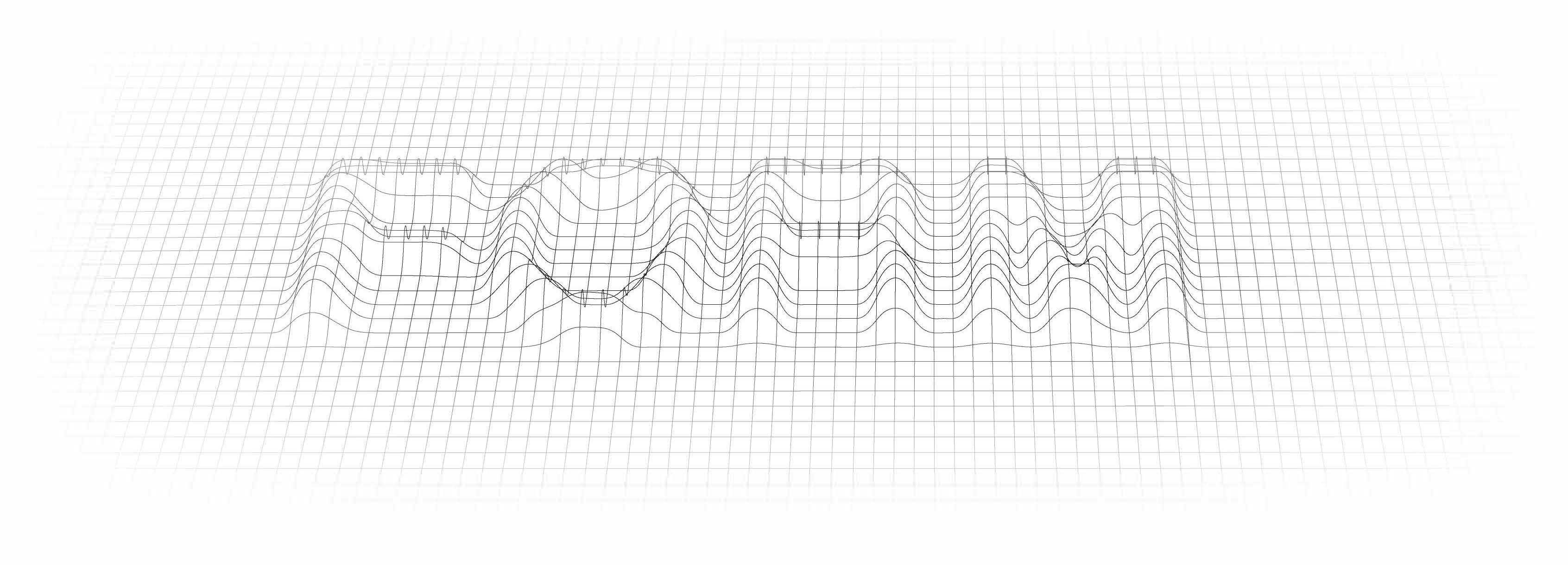FORM. Generic Ambiguity in Narrative Fiction (1800–1930)
Ambiguity is considered a sign of modernity. For decades, the field of aesthetics has treated it as the “openness” of art. The research project “FORM: Generic Ambiguity in Narrative Fiction (1800–1930)” aims to identify and elucidate for the first time the open forms of nineteenth-century and early twentieth-century narrative fiction as generic ambiguity. Generic ambiguity is an ambiguity of literary form. It results from an interplay of linguistic, narrative, and aesthetic practices that produces the forms of narrative fiction. These forms are not simply open but rather specifically ambiguous.
By innovatively drawing on theories of form and genre theory, the project will conduct foundational research in the field of ambiguity theory. At the end of the eighteenth century, traditional genre poetics, which had prescribed forms for the production and reception of narrative fiction, lost its importance. With concepts such as the “natural forms” of poetry, formlessness was no longer seen as a break with conventions or as a lapse but rather as a blending of certain genre characteristics that increases the complexity of form. Against this background, the project pursues the thesis that in questions of genre, ambiguity primarily serves to differentiate the possibilities of literary expression, which can be distinguished, analyzed, and even typologized without having to resort to essentialist concepts of form.
The project aims to develop a typology of generic ambiguity. Methodologically, it is based on a praxeological approach and is located between literary studies and linguistics. While linguistics has developed typologies of ambiguous linguistic phenomena that neglect aspects of both poetic language and literary form, literary studies is still struggling to find suitable, workable categories for open forms, although the ambiguity of poetic language is one of its major concerns. This project therefore includes collaboration with a project partner from the discipline of linguistics.
The overall goal of this interdisciplinary research project is to contribute to a sophisticated understanding of ambiguity. It will show how generic ambiguity is practiced and takes on distinctive forms in narrative fiction. The seeming increase in formlessness associated with open forms in the period between 1800 and 1930 is deceptive, as is the prejudice that ambiguity increases in the development toward modernism. The complexity of forms is rather reflected in the dynamics of their generic ambiguity.






